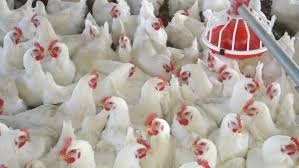Salt Toxicity in Livestock
Salt Toxicity, also known as Sodium Toxicity or Salt Poisoning, is a serious condition that can affect all livestock species, particularly if there is an abrupt change in salt intake. This condition arises from excessive salt consumption, leading to an imbalance in electrolyte levels and potentially severe health consequences. This guide provides a comprehensive overview…
Read more








